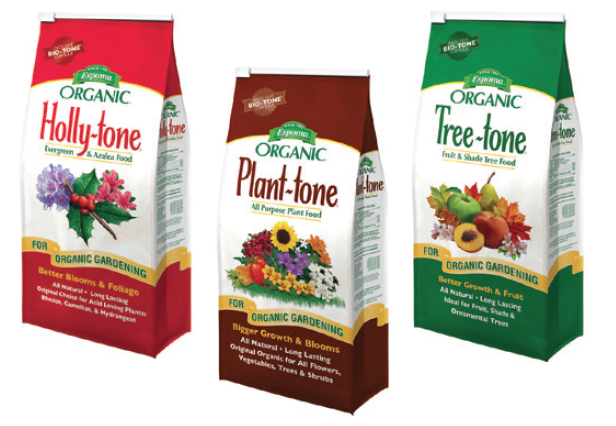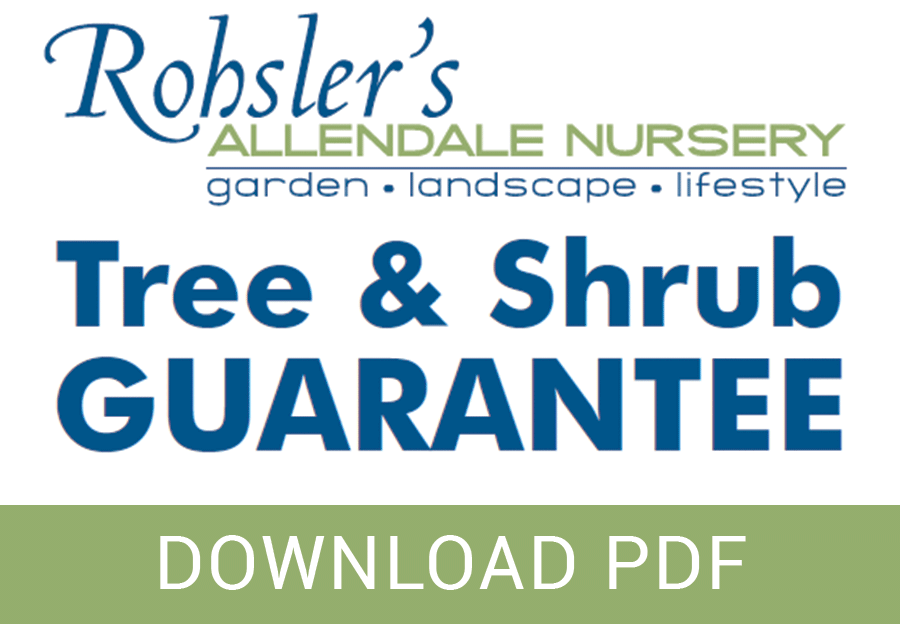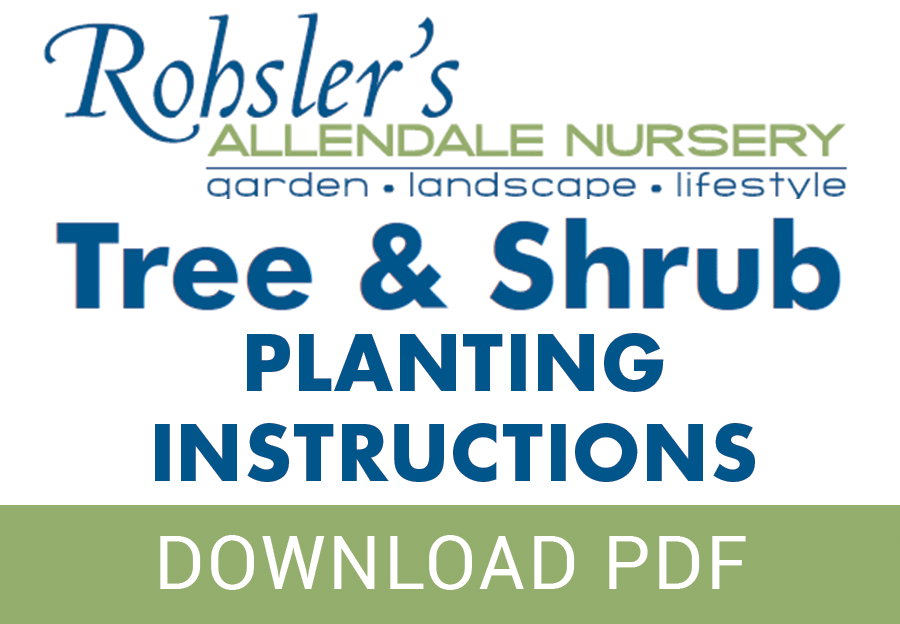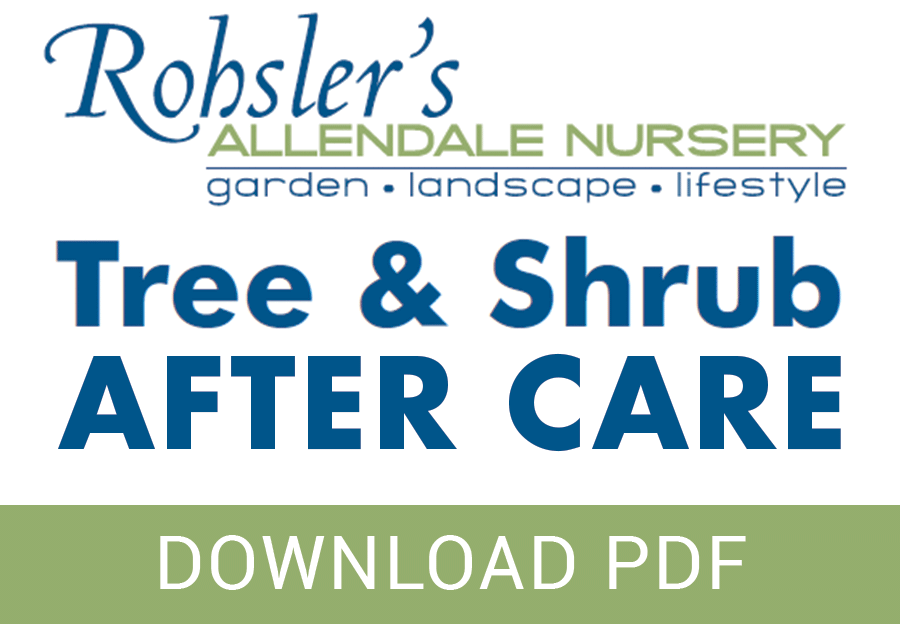Rohsler's Tree & Shrub Planting Instructions
Easy Planting instructions for trees and shrubs
Here at Rohsler’s Nursery we not only take pride in our plants while they are in our nursery, but we also make it our mission to help our customers keep their plants healthy and growing for a long time. Below are a handful of tips and tricks you should know and planting instructions you should follow before planting your tree or shrub. If you have any more questions that are not answered in these planting instructions, or feel free to ask any of our employees at Rohsler’s Nursery and they will steer you in the right direction.
Getting started
In general, when digging a hole for a plant, the hole should be around 2 times as wide as the root ball or containerized plant which is to be planted. However, make sure to not make the hole deeper than this size. Too shallow of a hole or too deep of a hole could damage the plant and stunt its future growth. If the hole is too deep, excess settling may occur. As a general rule, it is better to plant the soil ball slightly higher than too deep.
Here at Rohsler’s we recommend soils be amended with Master Nursery Black Forest Tree & Shrub Mix, a rich organic compost for trees and shrubs as well as Espoma organic Bio-tone Starter Plus starter Plant Food. For the best results, mix 1/3 Black Forest Tree & Shrub Mix with 2/3 of the soil removed when digging the hole. Also, add Bio-tone Starter Plus at the manufacturer’s recommended rate. Place the amended backfill around the sides of the root ball while applying BONIDE® Root & Grow® Root Stimulator and Plant Starter over the roots.
In heavy clay soils, aged pine bark fines such as Enrich Soil Conditioner can also be added to the backfill. Pine bark fines aid in breaking up clumps of clay and compacted soils. This can improve water and air penetration to plant roots. Incorporate 20-30% Enrich Soil Conditioner to the above-amended backfill thoroughly before placing around sides of the root ball.
Container Grown Plants
For container grown plants, gently remove the container from the root ball (cutting the container may be necessary with pot-bound plants).
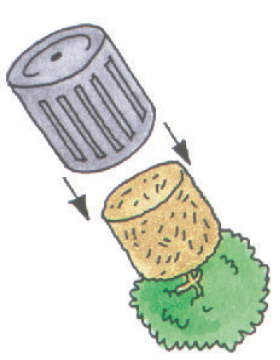
Gently rough up (“tease”) pot-bound roots away from soil ball.

Place the root ball in the planting hole so the top of the root ball is slightly higher than surrounding soil to allow for natural settling and an additional 2-3” of mulch top dress.
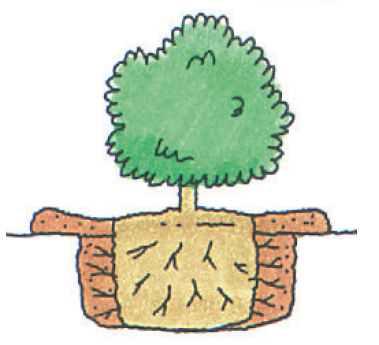
watering with Bonide® Root & Grow®
Water in the plant with BONIDE® Root & Grow® Follow the manufacturer’s directions and recommended rates and thoroughly soak the roots. Apply a layer of mulch.
BONIDE® Root & Grow® stimulates early root formation and stronger root development resulting in plants that become more readily established with better growth. BONIDE® Root & Grow® can be applied every 4-6 weeks throughout the growing season.
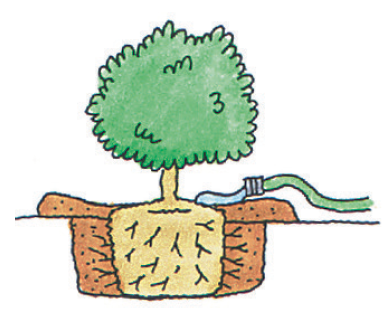
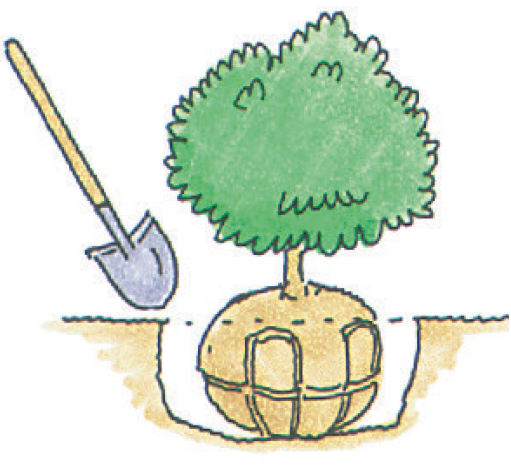
Balled & Burlap (B&B) Plants
In the case of root balls wrapped in burlap, cut all strings and burlap away from the trunk/stem after the root ball is placed in the planting hole. Be careful not to damage the root ball or roots. Today, almost all burlap is biodegradable and need not be removed from the root ball. Synthetic burlap, which is rarely used, MUST be cut or removed.
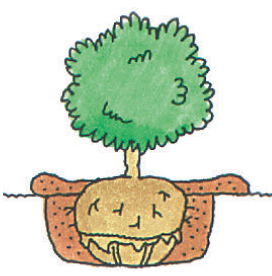
Things not to do during Planting
Do not try to cut or remove wire baskets while the plant is out of the planting hole, as the root ball may break apart. The top of the wire basket may be cut away with heavy wire shears only after root ball is partially backfilled.
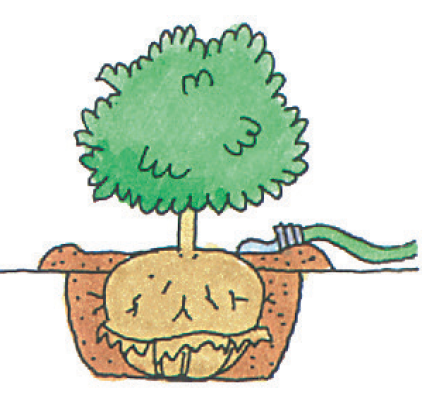
Water again with Bonide® Root & Grow®
Before the hole is entirely filled with backfill mix, water the soil and roots thoroughly with BONIDE® Root & Grow® around the root ball. Finish backfilling after all the visible water has drained. Add a 2-3” layer of mulch around the base of the plant to help keep the root zone from drying out.
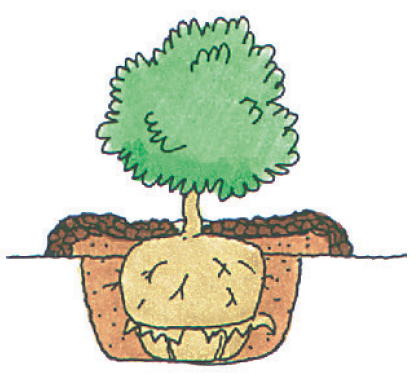
Things not to do after planting
Try to follow these planting instructions and do not pile the mulch against the stem or crown of the plant, as it can attract rodents and encourage the growth of disease organisms on the stem. Create a saucer out from and around the trunk to help capture and conserve water.
Water, Water, Everywhere
The #1 cause of plant failure in the first year is improper watering. In general, young plants need the equivalent of one inch of water per week. Deep, less frequent watering is better than frequent, superficial watering. Make sure to water just enough. But don’t water the plants too much. Overwatering can drown the young plant. Visually check new plantings often especially for hydration. If you have a sprinkler system, do not assume it is are doing the proper job. Always personally check the plants until they are matured.
Note: Container plantings will dry out faster and may require more water than plants planted in the ground. A Treegator is a slow release watering bag. It is recommended for new plantings. Soaker hoses can also be used and will cut down on time spent watering. Check our Plant Aftercare for additional planting instructions about proper watering.
Keep an eye on Fertilization
Heavy fertilization is not recommended for new transplants. Espoma Bio-Tone Starter Plus along with BONIDE® Root & Grow® will take care of the initial feeding of newly planted trees and shrubs. After that, a monthly feeding of BONIDE® Root & Grow® through mid-August will provide the nutrients new plants need during the critical first year.
The general rule of thumb going forward is to fertilize trees and shrubs in early spring and again in late fall (at ½ strength). Espoma Holly-tone is recommended for acid loving plants, which includes Conifers and Broadleaf Evergreens. Espoma Plant-tone or Tree-tone can be used on deciduous trees and shrubs.
Rohsler’s Recommended products for tree and shrub planting success:
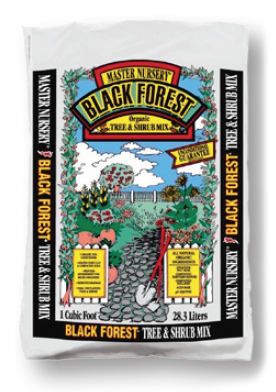
Master Nursery Black Forest Tree & Shrub Mix
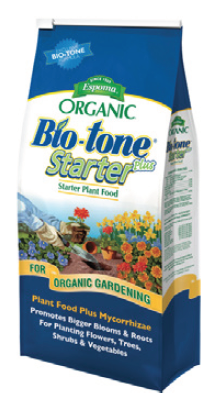
Espoma Organic Bio-Tone Starter Plus-Starter Plant Food
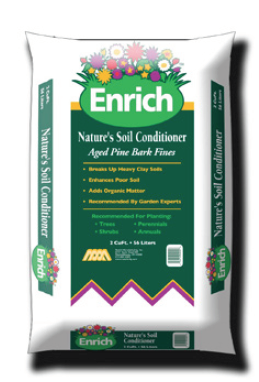
Enrich Soil Conditioner Aged Pine Bark Fines
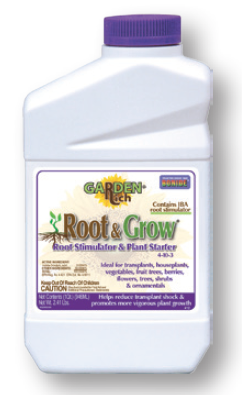
BONIDE® Root & Grow® Root Stimulator & Plant Starter
Mulch
At Rohsler’s Nursery we have many different types of mulch including:
- Green Mountain Cedar Mulch
- Hemlock Mulch,
- Root Mulch
- Pine Bark Mulch
- Sweet Peet
- And many more
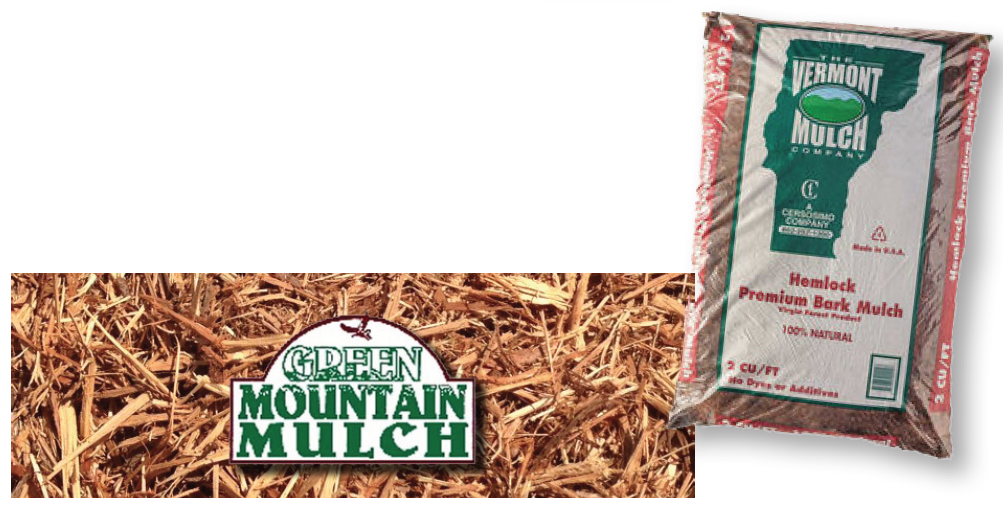
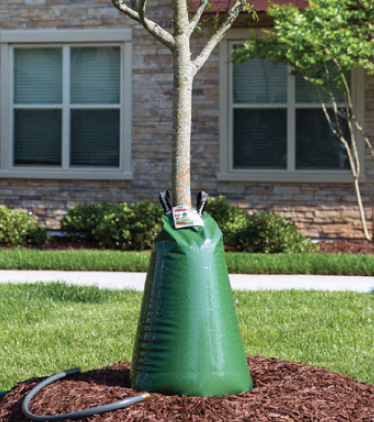
Treegator
At Rohsler’s Nursery, we often recommend the Treegator. The Treegator is ideal for watering trees, especially ones that are stable but not yet matured. This helpful tool is a slow release watering bag for new plantings. Another option is soaker hoses. Soaker hoses can also be used and will cut down on time spent watering.
While we often recommend the Treegator in our planting instructions, another option is soaker hoses. Soaker hoses can also be used and will cut down on time spent watering.
Recommended Espoma Granular Fertilizers
The three most recommended espoma granular fertilizers are Holly-tone, Plant-tone, and Tree-tone. Typically, a spring feeding and fall feeding of Espoma fertilizer will be sufficient once plants have been established in the landscape.
